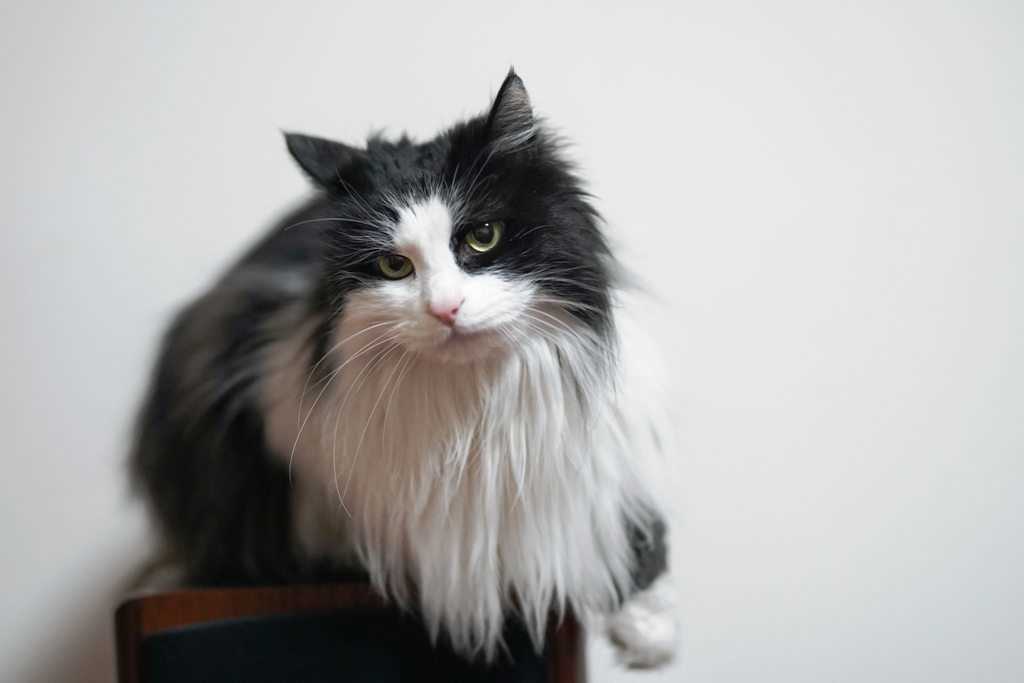The story of the Burmese cat, the well-known one, begins in 1930, but in the legend it is thought that this cat is much older, even someone dates it around 1300. Legend has it that the Burmese cat was the sacred cat of the Burmese monks, where it watched over the lives of the monks and even had the ability to converse with the gods.
The Burmese cat as we know it today was born because a Navy psychiatrist, in the streets of Rangoon, the capital of Burma, met a very beautiful Tonkinese cat with a sweet expression and a strange brown coat, whom he called Wong Mau. On his way back to San Francisco he wanted to take her with him, convinced that she was a Siamese, even if she was a little wrong. He then mated her with a Siamese and from this were born 4 kittens, two Siamese and two Tonkinese and from here began the real breeding of this breed that was called Burmese, which was recognised after 6 years and many more matings with Siamese and Tonkinese, until arriving at today’s standard.
This cat is divided into two branches: the American Burmese, mostly dark brown in colour, and the European Burmese, which can have various colours including red, brown and blue. It is not a very well-known cat to the general public.
Character of the Burmese cat
The Burmese cat is a very calm and balanced cat. It adapts well to people as it learns what it is and is not allowed to do. It is a little shy and always looking for attention and praise. It does not impose itself, but respects the family’s time, is curious and playful. He loves both the comfort of a home and the open spaces where he can roam in perfect solitude. He likes to climb trees and hunt for small prey. He is therefore agile and a great jumper; in fact, he likes to entertain his family at home with increasingly high and sometimes dangerous jumps, stopping only to make sure his audience is watching him. He likes to be the centre of attention.
It is very suitable for children as it likes to play and does so equally whether it is a few months old or many years old. He chooses the time for cuddles but a daily session is a must for a Burmese.
At any age, they love to observe their surroundings and often their favourite spot becomes a window from which they can observe the world. These animals get on very well with their own kind, but not always with cats of other breeds. With strangers they are more curious than wary. It is a cat that rarely meows.
Appearance of the Burmese cat
The Burmese is a medium-sized but very robust and powerful cat. The male cat can weigh around 6 kg, the female around 4 kg. Its body structure makes it a strong and heavy cat, in fact when picked up it weighs more than one would think on seeing it.
The body is large and powerful, with a strong bone structure and well developed musculature. The paws are well proportioned to the body, the tips of the paws are round.
The head is round without flat spots, the face is full maintaining the round contours of the head. The ears are medium, well spaced and with a slightly rounded tip. The eyes are round, well spaced and large. The colour of the eyes can be gold, yellow, green, but in any case in conformity with the colour of the coat. The tail is fairly long and straight.
The coat is short, fine, shiny and spreads very close to the body. The original coat colour of the Burmese is sable, where the coat is brown, warm brown or dark hazel; the basic colour is one but from area to area it varies in intensity, the lower part of the body tends to be lighter than the back and legs. The colours however are many, ranging from black, to red, to cream to tortie.
Health and care of the Burmese cat
The Burmese cat tends to be healthy and robust and is only afraid of sudden changes in temperature, so it is best to keep it indoors in winter. As far as its health is concerned, it has a life expectancy of around 14 years, but it can develop the same pathologies as any other cat, but for this breed in particular, it is advisable for the breeder to have extensive experience with this type of cat.
It is a cat with a rather voracious appetite, so the diet should be controlled, especially in old age.
As far as the maintenance of its hair is concerned, it does not lose much and a weekly brush is sufficient to keep it in place, it is a cat which keeps itself very well clean.


